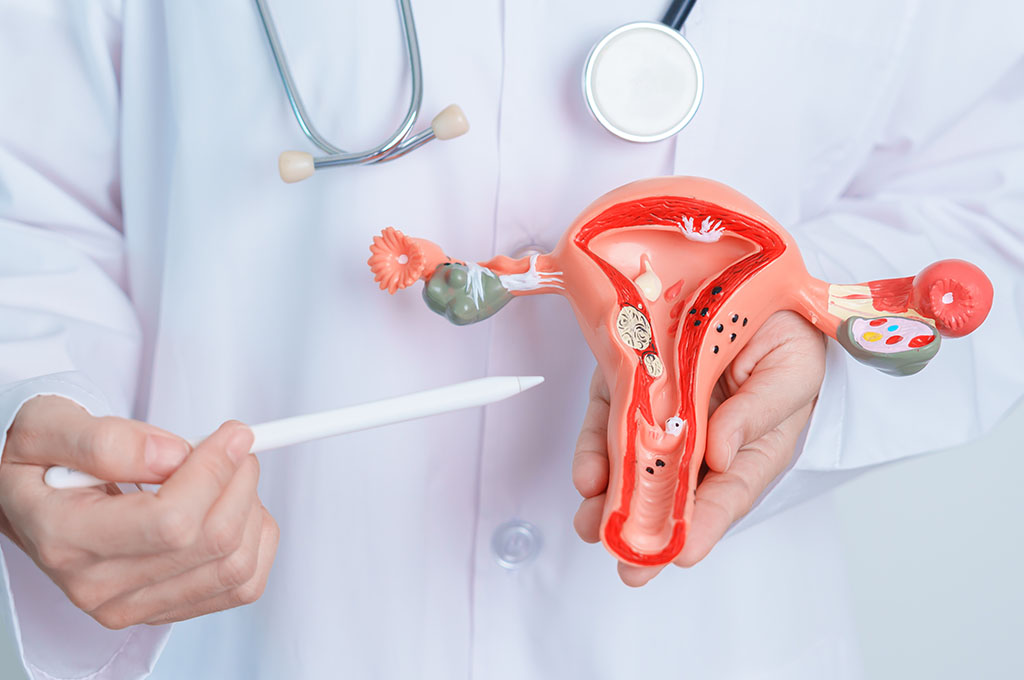
Endometriosis
Endometriosis is a chronic and often painful condition that occurs when tissue similar to the lining of the uterus (endometrium) grows outside the uterus. This tissue, known as endometrial implants, can be found on the ovaries, fallopian tubes, outer surface of the uterus, and other pelvic organs.
During the menstrual cycle, these implants react similarly to the endometrium inside the uterus, thickening, breaking down, and bleeding. However, because the displaced tissue has no way to exit the body, it becomes trapped, leading to inflammation, scarring, and the formation of adhesions.
Endometriosis can cause a range of symptoms, including pelvic pain, painful periods (dysmenorrhea), pain during intercourse (dyspareunia), excessive bleeding, infertility, fatigue, and gastrointestinal issues such as bloating, constipation, or diarrhea, especially during menstruation.
While the exact cause of endometriosis remains unknown, factors such as hormonal imbalances, genetic predisposition, and immune system disorders may play a role in its development. Treatment options vary depending on the severity of symptoms and the individual’s reproductive plans, and may include pain management, hormonal therapies, surgery, or assisted reproductive technologies for those struggling with infertility. Early diagnosis and intervention are crucial in managing the condition and improving quality of life for those affected.

